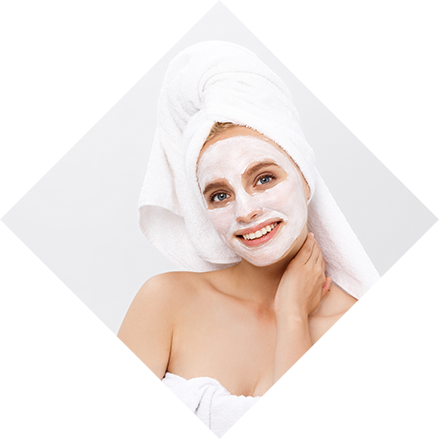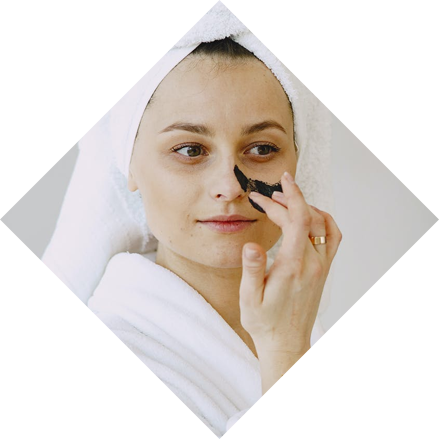Alopecia
.jpg)
Need An Appointment?
Drop Your Number here
Alopecia: Causes, Types, and Effective Hair Loss Treatments
Alopecia refers to hair loss, which can affect the scalp, face, or other areas of the body. It is a common condition that impacts both men and women and can lead to thinning hair, bald patches, and overall hair reduction. Hair loss can significantly affect self-esteem and confidence, making it essential to understand the causes, types, and available treatments to restore hair health.
Causes of Alopecia
Hair loss can result from a combination of factors, including:
-
Genetics: Family history plays a significant role, particularly in androgenetic alopecia.
-
Hormonal Changes: Pregnancy, menopause, thyroid disorders, and androgen hormones can trigger hair loss.
-
Autoimmune Conditions: Alopecia areata occurs when the immune system attacks hair follicles.
-
Stress and Lifestyle: Physical or emotional stress, poor diet, and lack of proper hair care can contribute to thinning hair.
-
Medical Treatments: Certain medications, chemotherapy, or radiation therapy can cause temporary hair loss.
-
Infections or Skin Disorders: Scalp infections or dermatological conditions may damage hair follicles and lead to hair loss.
Identifying the root cause is essential for effective treatment and hair restoration.
.jpg)
Treatment Options for Alopecia
Alopecia treatments aim to reduce hair loss, stimulate regrowth, and maintain healthy hair. Treatment depends on the type and severity of hair loss:
1. Topical Treatments
-
Minoxidil: An FDA-approved topical solution that stimulates hair growth in both men and women.
-
Corticosteroid Creams or Ointments: Reduce inflammation in autoimmune-related alopecia.
2. Oral Medications
-
Finasteride: Effective for male pattern baldness by reducing hormone-induced hair loss.
-
Immunosuppressants: Used in severe autoimmune cases like alopecia areata.
3. Advanced Therapies
-
Platelet-Rich Plasma (PRP) Therapy: Uses growth factors from the patient’s blood to stimulate hair follicles and promote regrowth.
-
Low-Level Laser Therapy (LLLT): Stimulates hair follicles and improves scalp circulation for healthier hair.
-
Hair Transplantation: Surgical solution for permanent hair restoration in cases of significant hair loss.
4. Lifestyle and Home Care
-
Maintain a balanced diet rich in vitamins and minerals essential for hair health, such as biotin, iron, and zinc.
-
Manage stress through meditation, exercise, and proper sleep.
-
Avoid harsh hair treatments, tight hairstyles, and excessive heat styling.
-
Gentle scalp massage to improve circulation and hair follicle stimulation.
Need An Appointment?
Drop Your Number here
Symptoms of Alopecia
Alopecia presents in different ways depending on the type:
-
Gradual thinning on top of the scalp (common in male and female pattern baldness)
-
Sudden patchy bald spots (typical of alopecia areata)
-
Widening part line in women
-
Receding hairline in men
-
Excessive hair shedding
-
Scalp irritation, redness, or inflammation in certain cases
Early detection allows timely intervention, increasing the chances of successful hair regrowth.
Patient Testimonials

She's the best skin doctor I've come across so far. she listens patiently, gives the prominent treatment accordingly. Guys looking for skin treatment must visit Dr Nidhi Bansal, you will get satisfying results👍
- Sanya Sayyed

I consulted with Dr Nidhi Bansal after one of my friend suggested. The doctor is very
calm and well versed with the solutions. I definitely liked the way He made me
understand the issues of my hair sclap.
I am very happy with my own experience with
her and the treatment provided amazing hence I would highly recommend to this doctor for
any skin or hair disease.
- Anu Verma

I was suffering from severe acne on my face. Dr Nidhi told me in detail about the treatment options and customized the procedures for my face. Within one day my redness and acne has reduced by 90%. I am so happy with the results and would recommend Dr Nidhi to everyone for their skin and hair problems.
Priya Rajput

Best doctor I always go to Dr Nidhi skin clinic whenever i have any skin problems . Dr. Nidhi is such a humble + trusted doctor I was dealing with pimples and scars from 6 years, someone told me about Dr Nidhi .I having been taking treatment from 2 months .my acne has gone for forever ,thanks for giving me normal skin best dermatologist in jaipur I got 100 % results , M bhut jayda preshan tha acne , blackheads whiteheads se ,mera face bhut khrab dikhta tha bhut guilty feel hota tha logo ko face krne m now I m confident .thank you doctor
Neeraj Yogi



Patient's Testimonials









